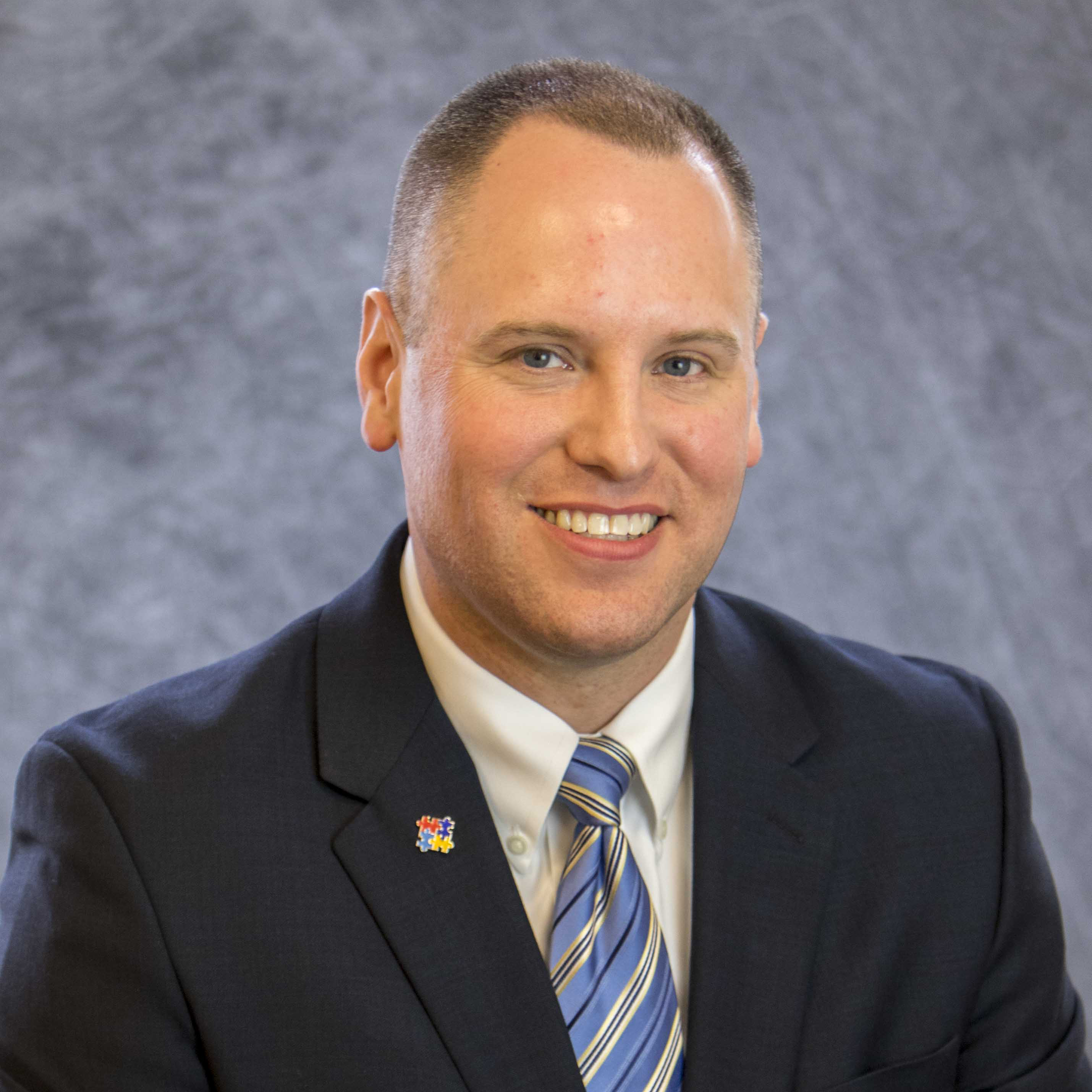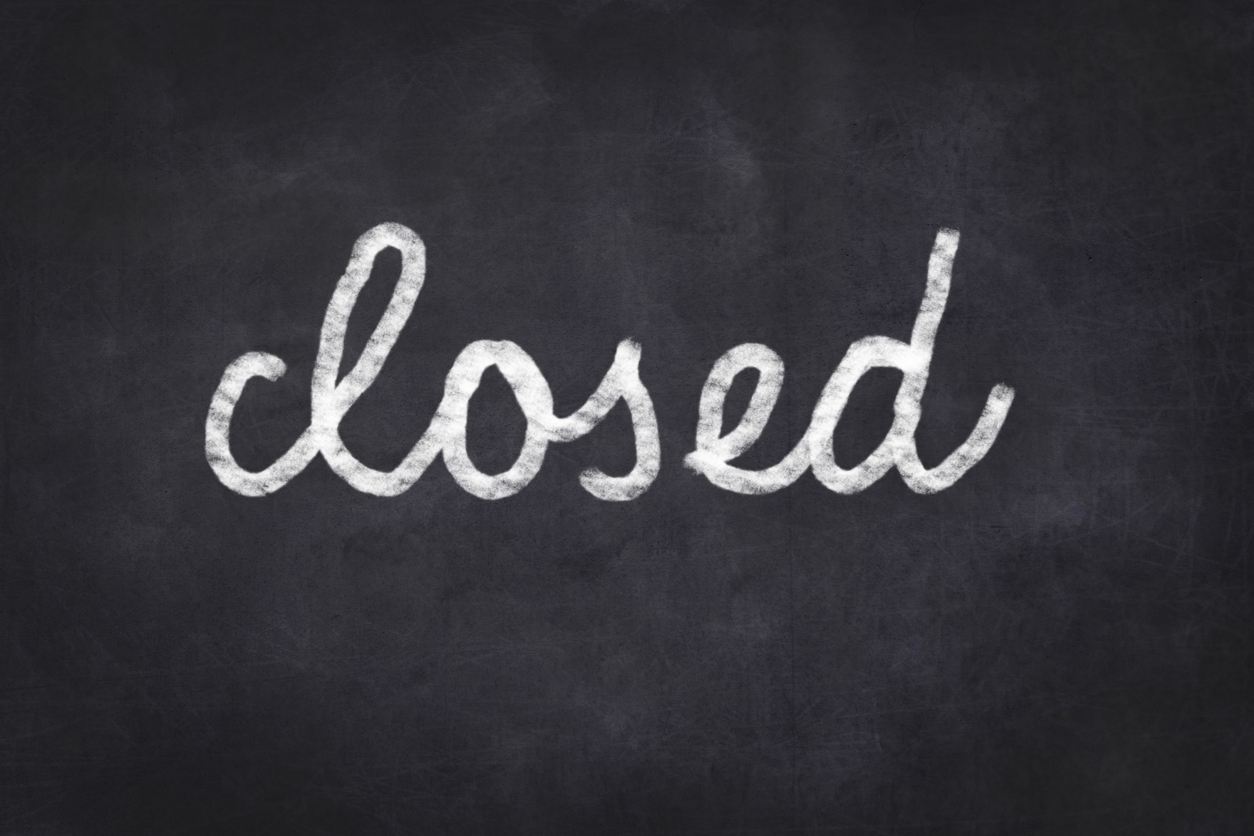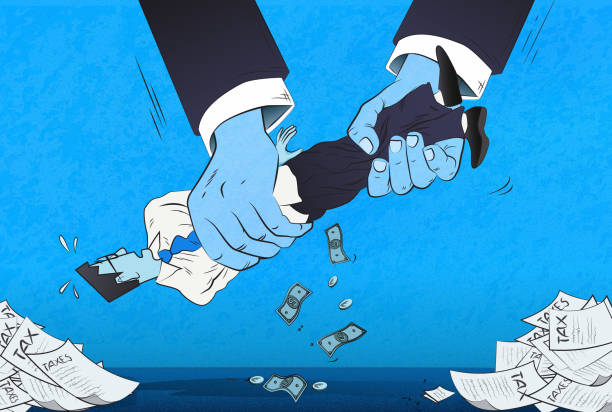Citizens' Guide to the Spokane Children's Investment Fund Initiative
Introduction
This November, voters in the City of Spokane will decide whether to raise property taxes in an attempt to lower Spokane’s public high school dropout rate. The measure is being promoted by a political 527 group called “People for the Children’s Investment Fund Initiative.” Supporters say the new spending is needed because, “Spokane is facing a persistently troubling school dropout rate that educators and civic leaders alike agree is undermining the social fabric of our families and community life.”
Background
The Children’s Investment Fund (CIF) initiative would increase property taxes in Spokane by 35 cents per $1,000 of assessed value. The current property tax rate in Spokane can reach as high as $11.77 per $1,000 of assessed value.
The owner of a median-priced home would pay an additional $72 per year. Money raised from the new tax would not go to public school budgets; it would be placed in a fund managed by Spokane city officials. The city government would then distribute the funds to private organizations that “achieve positive results for children” with the goal of reducing public school dropout rates. Non-profit organizations like the YMCA or the Boys and Girls Club are the kinds of groups that would receive funds.
Despite the assertion of supporters that lowering the dropout rate is the main goal, the official ballot title makes no mention of it. It reads;
“… proposes to increase the regular property tax levy in excess of limitations of state law for six years, beginning 2011, by $.35 per $1,000 of assessed value the first year, to fund family and youth services including early childhood education and intervention, child abuse prevention, mentoring and afterschool programs....”
Key Findings
- The Children’s Investment Fund would raise the median home owner’s property tax in Spokane by $72 per year.
- Money from the tax increase would be managed by city government, not schools, and would be distributed to private organizations in an effort to lower the dropout rate.
- The cumulative annual dropout rate in Spokane public high schools is 8% - lower today than it was in 2005, 2006 or 2007.
- Students who drop out of school say improving the classroom experience and hiring better teachers, not more money, would keep them in class.
- Based on past data, it would be impossible to determine whether the new spending from the Children’s Investment Fund made any difference.
- Voters would spend $30 million and have no recourse until 2017 if the fund did not achieve a promised decline in the dropout rate.
Read the full Policy Brief here.






